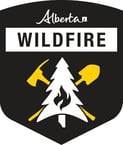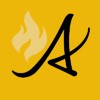Please ensure you fully extinguish your campfire, including your small cooking and warming fire. Soak the ashes, stir them and soak them again until they're cool to the touch.
All burning, with the exception of a campfire, requires a fire permit during wildfire season. Apply online or contact your local forestry office for your free permit.
If you see smoke or flame in the forest and suspect it's a wildfire, call 310-FIRE.
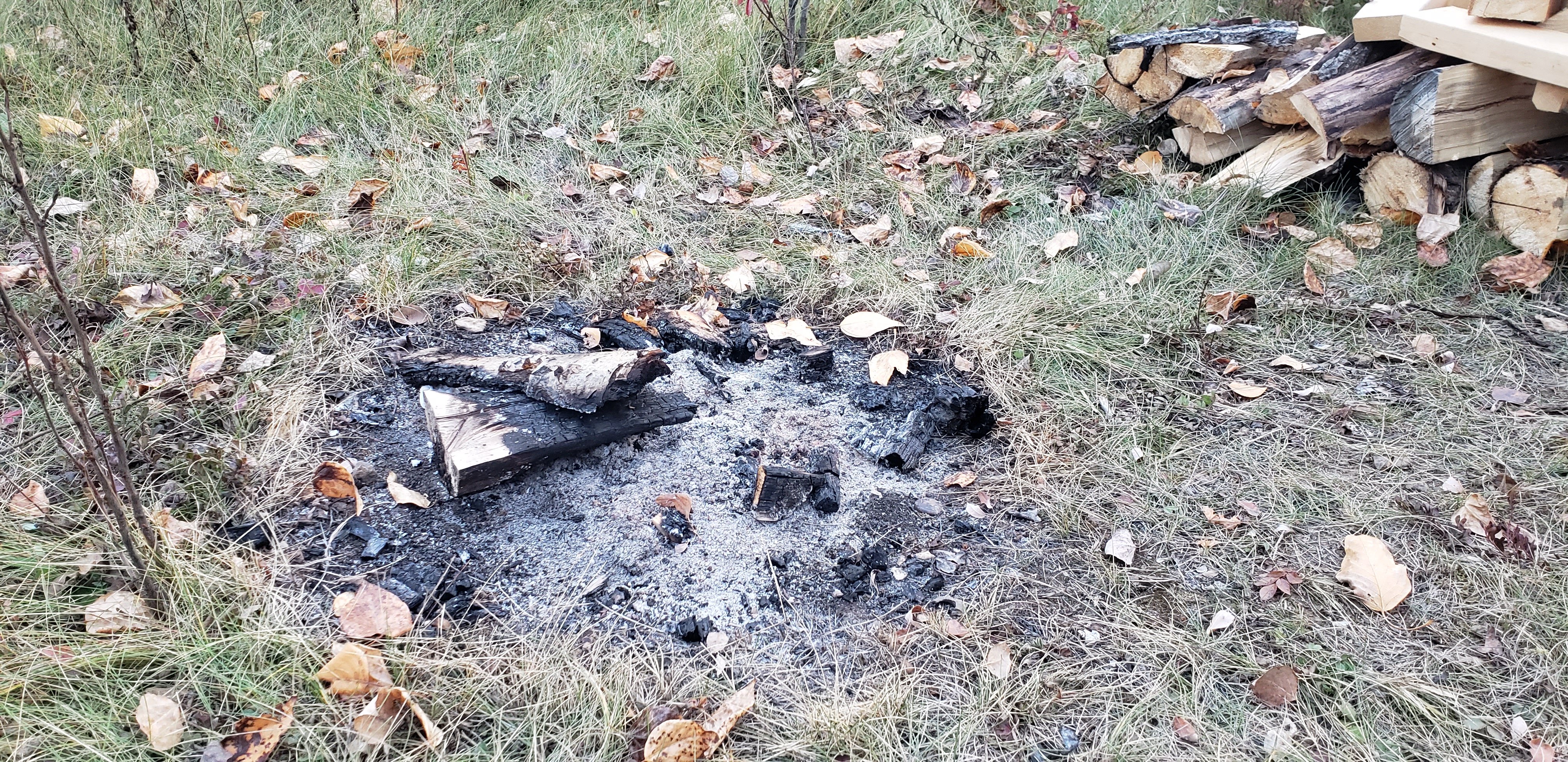
Cooking and warming fires are slightly different then campfires because they're often used short-term. Make sure you properly place your fire away from dry vegetation. Ensure you fully extinguish all fires, the ashes must be cold to the touch before you leave.
Bold indicates new or important information.
This update is best viewed on a web browser or the AB Wildfire Status App.
Previous Edson Forest Area Updates - Click here.
EDSON FOREST AREA WILDFIRE UPDATE
The wildfire danger in the Edson Forest Area is MODERATE. This means that fire can ignite but would have difficulty spreading to deeper vegetation layers or larger fuels, such as trees. Creeping ground fires would not travel very fast as the grass is mostly green and there's sufficient moisture in the fine fuels. Be aware that as grass and other vegetation start to die and dry due to fall conditions, they'll be more available to burn. You can view the provincial wildfire danger map and learn more about how to interpret fire danger by clicking here.
Since January 1, 2023, there have been 79 wildfires in the Edson Forest Area burning a total of 234,558 ha. The last reported wildfire was on August 11. There are currently six active wildfires, all are classified as under control. One is human-caused, four are caused by lightning and one remains under investigation.
Visit our website and click on the interactive map to view active wildfires, their locations and stats on the wildfire dashboard.
PROVINCIAL WILDFIRE UPDATE
Since January 1, 2023 in the Forest Protection Area, there have been 998 wildfires burning a total of 1,969,050 ha. Last year, there were 1,082 wildfires by this date with a total of 128,392 ha burnt. The 5 year average on this date is 1,021 wildfires with a total of 206,322 ha burned.
COOKING & WARMING FIRES
Cooking and warming fires are common this time of year and firefighters will find them often unattended or abandoned. We believe this may be unintentional because the public doesn't understand the risk these fires pose. Cooking and warming fires are slightly different from campfires because they're used for a short period of time and the hunter or recreationalist will often leave the area soon after. If you're having a cooking or warming fire during your hunt or ride, please be familiar with building it safely and how to properly extinguish it.
We recommend using an existing fire receptacle if possible, otherwise, choose a location that's on level ground, sheltered from the wind and on bare mineral soil. If you build your fire on peat or top soil, you risk creating a deep burning fire that could be challenging to extinguish. Keep it away from dry grass, leaves or branches and keep water close by. Be mindful that if you build it on snow, the fire can still burn into the ground and smoulder for a long period of time. The snow could also melt later that day, exposing dry vegetation.
Before you leave, ensure you fully extinguish the fire, otherwise it could smoulder under ground for days or even weeks and re-surface when the conditions are right for a wildfire. Your fire isn't fully extinguished until the burnt wood and ashes are cool to the touch.
To learn more about campfire safety, visit our website by clicking here.
FARM AND ACREAGE | WILDFIRE PREVENTION
Off-highway vehicle safety
Did You know? On average, over 30 wildfires are started by off-highway vehicles (OHVs) each year in Alberta’s FPA. Some of these result in very large and expensive wildfires, threatening homes and communities. Most OHV fires happen in the spring when the snow has melted and there is an abundance of dry grass in the forest.
How do OHVs start wildfires? The exhaust system of an OHV can heat up to temperatures in excess of 200°C. When riders travel through wet areas, debris can build up on the exhaust and next to engine hot spots. As the rider travels, the muskeg, grass or other debris dries out and is ignited by the hot engine. These burning pieces of debris can fall to the ground and cause a wildfire.
You can help prevent OHV wildfires. Before you ride, inspect your OHV and clear out any debris that has built up near the exhaust or other hot spots. Avoid riding in wet areas. If you do ride in a wet area, through muskeg or tall grass, stop frequently and remove all debris from your engine and hot spots before it can dry out, heat up, fall to the ground, and cause a wildfire. Stomp on smouldering debris or soak it with water until it is extinguished. Ensure the muffler and spark arresters on your OHV are in good working condition. Any alterations to the factory components of an OHV can greatly increase the chance of starting a wildfire. Always carry a small fire extinguisher, collapsible pail and shovel on your OHV. Make sure you extinguish any campfires you have when you are out riding.
For more information, visit the Farm and Acreage Magazine online by clicking here.
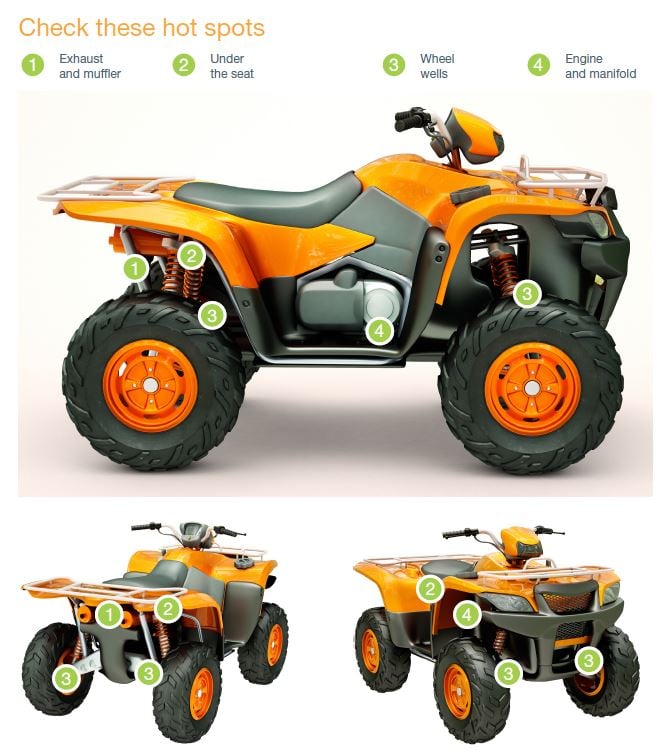
Know where your hotspots are on your OHV. Ensure you take the time to knock off any mud and dry vegetation that may have accumulated in these key areas. The clumps of mud mixed with peat or grass can catch on fire and land on the trail, starting a wildfire.
BEFORE YOU BURN IT, GET YOUR FIRE PERMIT
Wildfire season in Alberta is from March 1 until October 31. During wildfire season, you are required to have a fire permit if you plan on burning in the Forest Protection Area, with the exception of a campfire. To request your free fire permit, contact the local forest area: (780) 723-8527 or you can request your permit using the new, convenient online fire permit portal. To view the video, click here.
PEMBINA WILDFIRE COMPLEX | EWF031, EWF039
EWF031 was detected on May 4, is 201,913 ha in size and determined to be caused by lightning.
EWF039 was detected on May 5, is 165 ha in size and determined to be human-caused.
DEEP CREEK COMPLEX | WCU001, WCU002, EWF035
WCU001 was detected on April 29 and 6,284 ha in size.
WCU002 was detected on April 29 and 2,478 ha in size.
EWF035 was detected on May 5, is 19,672 ha in size and remains under investigation.
WILDHAY WILDFIRE COMPLEX | EWF037, EWF040
EWF037 was detected on May 6, is 12,073 ha in size and determined to be caused by lightning.
EWF040 was detected on May 6, is 578 ha in size and determined to be caused by lightning.
The wildfires will continue to be monitored for activity and be actioned by local wildland firefighting crews when needed. A reclamation plan has begun and equipment have started working on identified areas. This work is anticipated to continue into the winter months.
All of these wildfires are now classified as under control which means that firefighters have this fire fully contained and it is not expected to grow. None of these wildfires pose a threat to any communities or properties, including the Town of Edson. To learn more about wildfire classifications, click here. To view actual locations of the wildfires, visit the wildfire dashboard.
GENERAL INFORMATION ON WILDFIRES IN OUR AREA
UNDERSTANDING WILDFIRE BEHAVIOUR | There are many factors that affect a wildfire and its growth, such as the wind, temperature and the forest fuel moisture conditions. You may have seen the Forestry fire danger signs that are posted around your communities, along highway 16, in Grande Cache on highway 40 and the Edson Forestry warehouse. We set the fire danger based on a number of factors, including the Fire Weather Index (FWI). The FWI is derived from data collected daily at various weather and includes observations of temperature, relative humidity, wind speed, and 24-hour precipitation. The FWI is a system used across Canada to quantify the fire hazard based on forest fuel moisture, temperature, relative humidity and forecasted winds.
UNDERSTANDING WILDFIRE CLASSIFICATIONS | When firefighters classify a wildfire as OUT OF CONTROL, it means that the wildfire is burning and is expected to continue to grow within and possibly outside of its present boundary. The classification of BEING HELD means that under the current weather conditions and the resources available, there will be no unexpected growth, however firefighters anticipate the possibility of a small amount of spread which would be normal on a wildfire of this size. UNDER CONTROL means that the fire is fully contained, firefighters don't except any growth and the next stage would be extinguished. To learn more about wildfire classifications, click here.
Albertans are always asked to use caution when working or recreating in the outdoors:
- Before you burn it, get your fire permit. Fire permits in Alberta.
- Clear debris from hot spots on your off-highway vehicle.
- Ensure your campfire is out - soak it, stir it, soak it again.
- Before you head out this weekend, check out the albertafirebans.ca website or download the app to stay informed.
- For road closure information, please visit 511.alberta.ca
- For information regarding smoke in the area, you can visit firesmoke.ca
- NASA FIRMS Fire Information website is a great resource to give an idea of the location of wildfires in the area, but note that the data is based on interpolation and often can make the wildfire look larger then it actually is.
- To view the provincial wildfire danger map, click here.
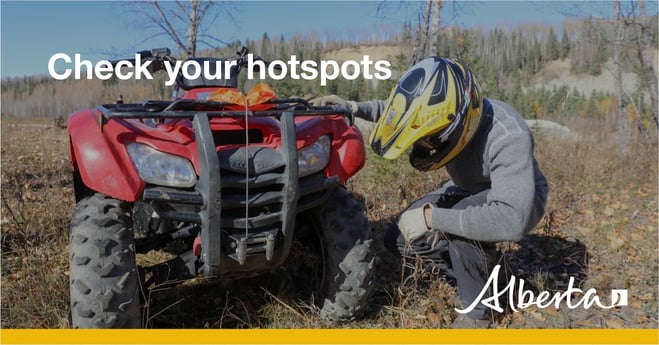
ALBERTA WILDFIRE INFORMATION
- Subscribe to the Edson Forest Area wildfire update to receive an email when new information is posted.
- Download the Alberta Wildfire App for Apple and Android device.
- Join the conversation on Facebook, Twitter or Instagram.
For more information, please contact:

